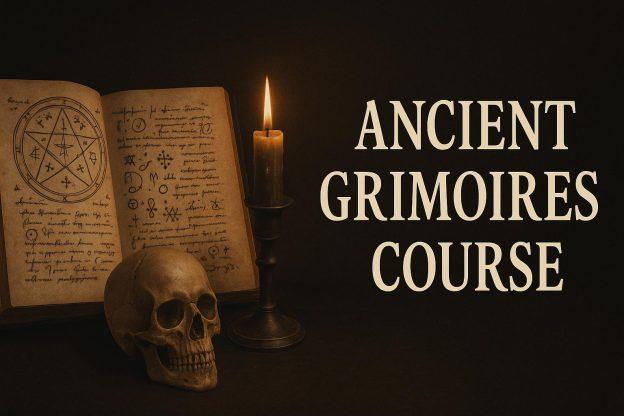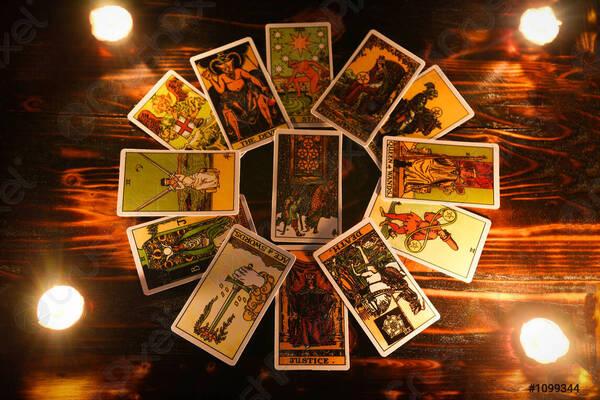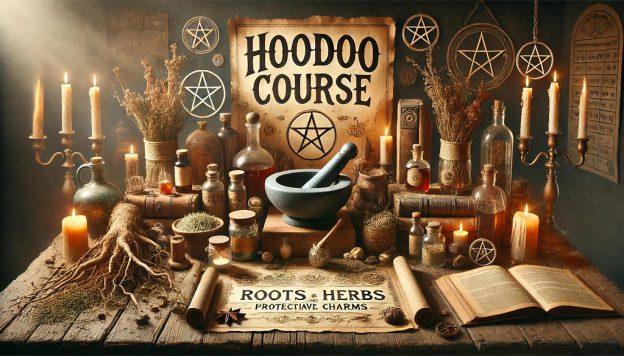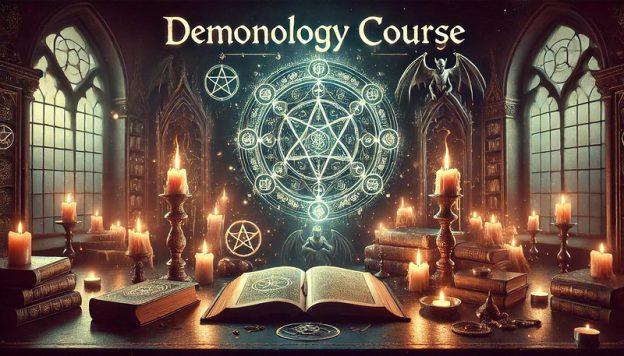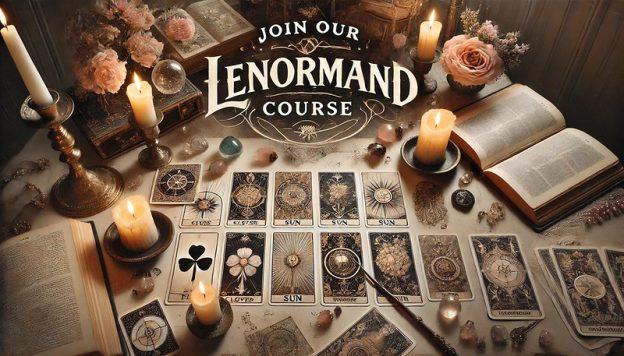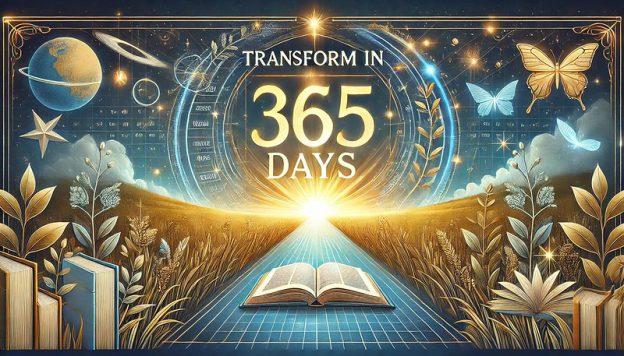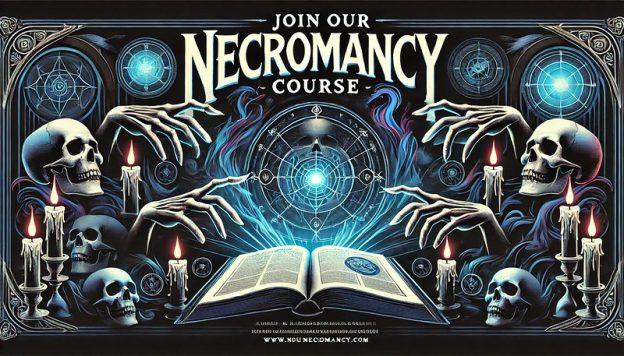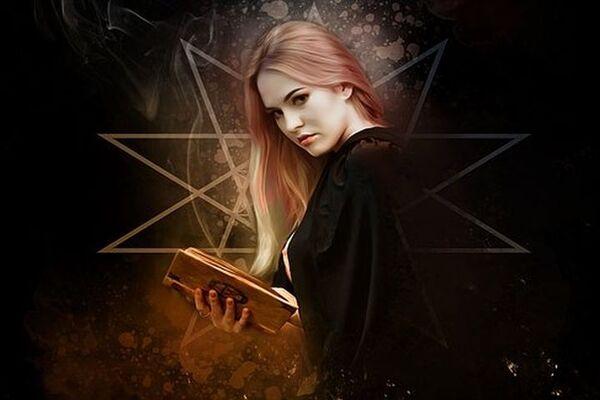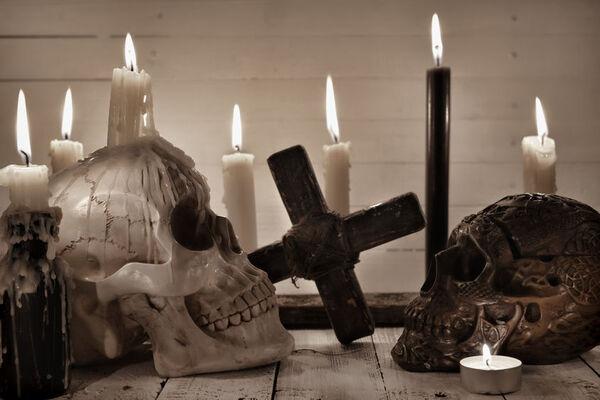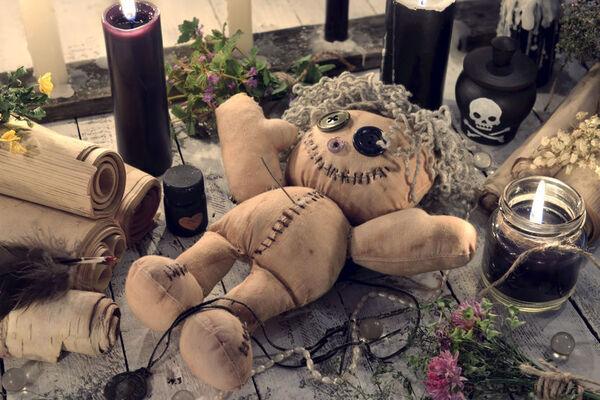Alrunes
The Alrunes: Shapeshifting Sorceresses and Household Spirits of Germanic and Scandinavian Lore
The Alrunes (or Alraunes) are enigmatic figures in Germanic and Scandinavian mythology, embodying the complex interplay between magic, domesticity, and the supernatural. These female entities—often described as sorceresses, demons, or spirits—were believed to possess shapeshifting abilities and prophetic powers. Revered and feared in equal measure, the Alrunes were deeply woven into the cultural fabric of rural communities, where they were personified by small household statues that demanded care and respect. This article explores the origins, characteristics, and enduring legacy of the Alrunes in folklore and tradition.
Origins and Etymology
The name Alrune (plural: Alrunes) derives from Old High German and Old Norse roots. It is often linked to the word rune, meaning “secret” or “mystery,” combined with al-, a prefix suggesting “all” or “otherworldly.” Thus, the term Alrune can be interpreted as “keeper of secrets” or “one who knows the mysteries.”
Some scholars connect the Alrunes to the Huns, a nomadic people who played a significant role in European history. According to legend, the Alrunes were the mothers or progenitors of the Huns, imbuing them with supernatural prowess and ferocity. This association may reflect historical encounters between Germanic tribes and the Huns, reinterpreted through myth.
Characteristics and Abilities
The Alrunes are depicted as powerful, ambivalent beings with a range of supernatural traits:
- Shapeshifting:
Like many figures in Germanic and Scandinavian folklore, the Alrunes were believed to change shape at will. They could appear as beautiful women, fearsome beasts, or even inanimate objects, allowing them to move unnoticed among humans. - Divination:
The Alrunes were renowned for their ability to foresee the future. In households where their statues were kept, they were consulted as oracles. Questions were posed to the statues, which would respond by moving their heads—nodding for “yes” or shaking for “no.” - Protection and Punishment:
When properly cared for, the Alrunes were said to bring blessings to the household, ensuring prosperity and safeguarding against harm. However, neglect or disrespect could provoke their wrath. A crying Alrune statue was an omen of impending disaster, ranging from illness and crop failure to death.
The Alrune Statues: Domestic Spirits and Ritual Objects
The Alrunes were unique in that they were not only mythical beings but also tangible presences in the home. Small wooden or stone statues, often carved in the likeness of women, served as their physical embodiments. These statues were treated as living entities, requiring regular offerings of food, drink, and clothing.
- Care and Maintenance:
Families who kept Alrune statues would dress them in handmade garments and place them in a prominent location within the home. Offerings of bread, milk, or beer were made to ensure their favor. - Ritual Use:
The statues were consulted during times of uncertainty, such as before journeys, marriages, or harvests. Their divinatory powers made them invaluable to rural communities, where survival often depended on foresight and preparation. - Taboos and Consequences:
Neglecting an Alrune statue was considered a grave offense. Stories abound of households that fell into ruin after ignoring the cries of their Alrune. In some cases, the statues were said to vanish, taking their blessings with them.
Cultural Significance and Symbolism
The Alrunes occupy a unique space in Germanic and Scandinavian folklore, reflecting broader themes of magic, domesticity, and the supernatural:
- The Feminine Divine:
As female entities, the Alrunes embody the dual aspects of the feminine divine—nurturing and destructive, protective and vengeful. They echo other mythological figures, such as the Norse Norns or the Germanic Matronae, who govern fate and domestic life. - Liminality and Transformation:
The Alrunes’ shapeshifting abilities symbolize the fluidity of boundaries—between human and spirit, past and future, life and death. They serve as mediators between the mundane and the mystical. - Household Spirits:
The tradition of Alrune statues aligns with broader European beliefs in household spirits, such as the Brownies of Britain or the Domovoi of Slavic folklore. These beings blur the line between deity and servant, requiring respect but offering tangible benefits in return.
Historical and Modern Legacy
The veneration of Alrunes persisted well into the 19th century in rural areas of Germany and Scandinavia, where traditional beliefs coexisted with Christianity. Over time, however, the practice faded, and the Alrunes became relegated to the realm of folklore and legend.
In modern times, the Alrunes have experienced a resurgence of interest among scholars, occultists, and enthusiasts of pagan traditions. They are often reinterpreted as symbols of feminine power, ancestral wisdom, and the enduring connection between humans and the supernatural.
- Literature and Art:
The Alrunes have inspired numerous works of fiction, from Gothic novels to contemporary fantasy. Their enigmatic nature and dualistic qualities make them compelling characters in stories exploring themes of magic and morality. - Neopaganism:
Within modern pagan and witchcraft practices, the Alrunes are sometimes invoked as guides or protectors. Rituals involving statues or effigies may draw on historical traditions, adapted to contemporary spiritual contexts.
The Enduring Mystery of the Alrunes
The Alrunes stand as a testament to the rich tapestry of Germanic and Scandinavian folklore, where the boundaries between myth and reality, spirit and human, are fluid and permeable. As shapeshifting sorceresses, household guardians, and oracular beings, they embody the complexities of a worldview that saw magic in the everyday and divinity in the domestic.
Though the Alrune statues may no longer grace the homes of rural families, their legacy endures—a reminder of a time when the unseen was ever-present, and the mysteries of the future were just a question away.
“In the whisper of the wind and the creak of wood, the Alrunes still speak—if only we know how to listen.”
SOURCE:
The Encyclopedia of Witches, Witchcraft and Wicca written by Rosemary Ellen Guiley – Copyright © 1989, 1999, 2008 by Visionary Living, Inc.
